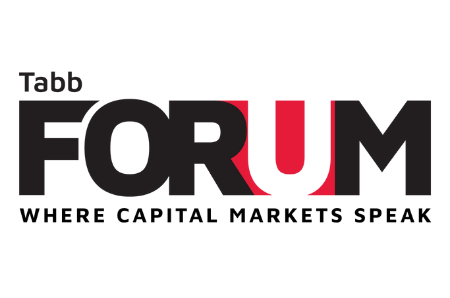Asset Managers Need to Evolve Billing Operations | Gresham
As asset managers search for higher yields, they are seeking alternative assets –illiquid private market assets like real estate and infrastructure. But as asset managers expand their investment horizons, this also puts pressure on their recordkeeping and adds complexity to their information processing, writes Doug Fritz, Product Manager, Control for Fee Billing, at Gresham Technologies. This expansion puts a huge strain on the accuracy, personalisation, and efficiency of the billing process – particularly for firms that still input information manually and use spreadsheets, Mr. Fritz explains.
We have not seen an economic environment defined by such a low-yielding bond market for a very long time, and this has created a major challenge for asset managers when it comes to producing returns for investors.
In search for higher yields, more asset managers are looking to invest in more alternative assets, such as illiquid private market assets like real estate and infrastructure. This is all well and good, but the more assets there are on the books, the more complexity and amount of information there is to process. This puts a huge strain on the accuracy, personalisation, and efficiency of the billing process – particularly for firms that still insist on inputting information manually and using spreadsheets.
As asset complexity continues to increase, so will fee billing. This means that more firms will require a certain level of ‘asset level’ fee billing flexibility to customize fees for a wider variety of assets. Finance teams face inefficiencies throughout the fee billing lifecycle which can generate costly errors and risk. Not only does this cause a negative impact on revenue flows, but also on client relationships, audits and compliance. In addition, client fee data is relevant to many functions within an investment management firm. The ability to extend that data to downstream systems is key to increasing operational efficiency and controlling risk.
All too often, billing or operations staff must re-enter data into multiple platforms to calculate net-of-fee performance numbers which increase the likelihood of data entry errors and take staff time away from focusing on higher-value work. In addition, the lack of review and approval workflows means those errors go undetected and reach the client. The use of spreadsheets, disparate data, and fragmented processes are the main causes of the pain of fee billing. Only a systematic billing workflow can provide flexibility, remove constraints from sales teams, and eliminate complaints, disputes, and painful audits.
 Doug Fritz, Product Manager, Control for FeeBilling, at Gresham Technologies.
Doug Fritz, Product Manager, Control for FeeBilling, at Gresham Technologies.
There is no need for asset managers to struggle with client fee billing, regardless of growth or complexity, and then wonder what will happen during their next audit. Billing teams tend to be small and focused on many other tasks. As firms grow their assets, accounts, and service offerings, they need to ensure accuracy and personalization while shrinking the billing cycle from weeks to days.
One integrated, efficient process that combines billing, data, and reconciliation can improve productivity and enable firms to serve their clients more easily and effectively. In addition, with ever-increasing investment in complex alternative assets leading to broader portfolios, the need has never been greater to ensure that this vital business function is appropriately serviced. Asset managers have more options than ever to enable teams to focus on other work, reduce risks, and alleviate the disruption and challenges of fee billing. Automation and flexible service options are the key to achieving an error-free process that controls compliance and audit risk while delivering a positive client experience.
With the low-yielding bond environment showing little sign of going away, interest in alternative assets to drive returns is likely to continue for some time. With this in mind, investment managers must be able to prove fee calculation accuracy, manage cash flows, meet specific client requests around these alternative assets to ensure the integrity of procedures and controls, and be prepared for audits and compliance reporting.
About the author
Doug Fritz is Product Manager, Control for Fee Billing, at Gresham Technologies. Doug has worked in all aspects of software development supporting many areas within the Asset Management Financial Services industry since 1998; with a concentration on fee billing and the needs of institutional managers to accomplish their client billing. Today, he serves as the Product Manager for Control for Fee Billing with Gresham Technologies, using his knowledge and experience in the financial services industry to serveGresham’s current and future clients.
Originally published on TABBGroup Forum

